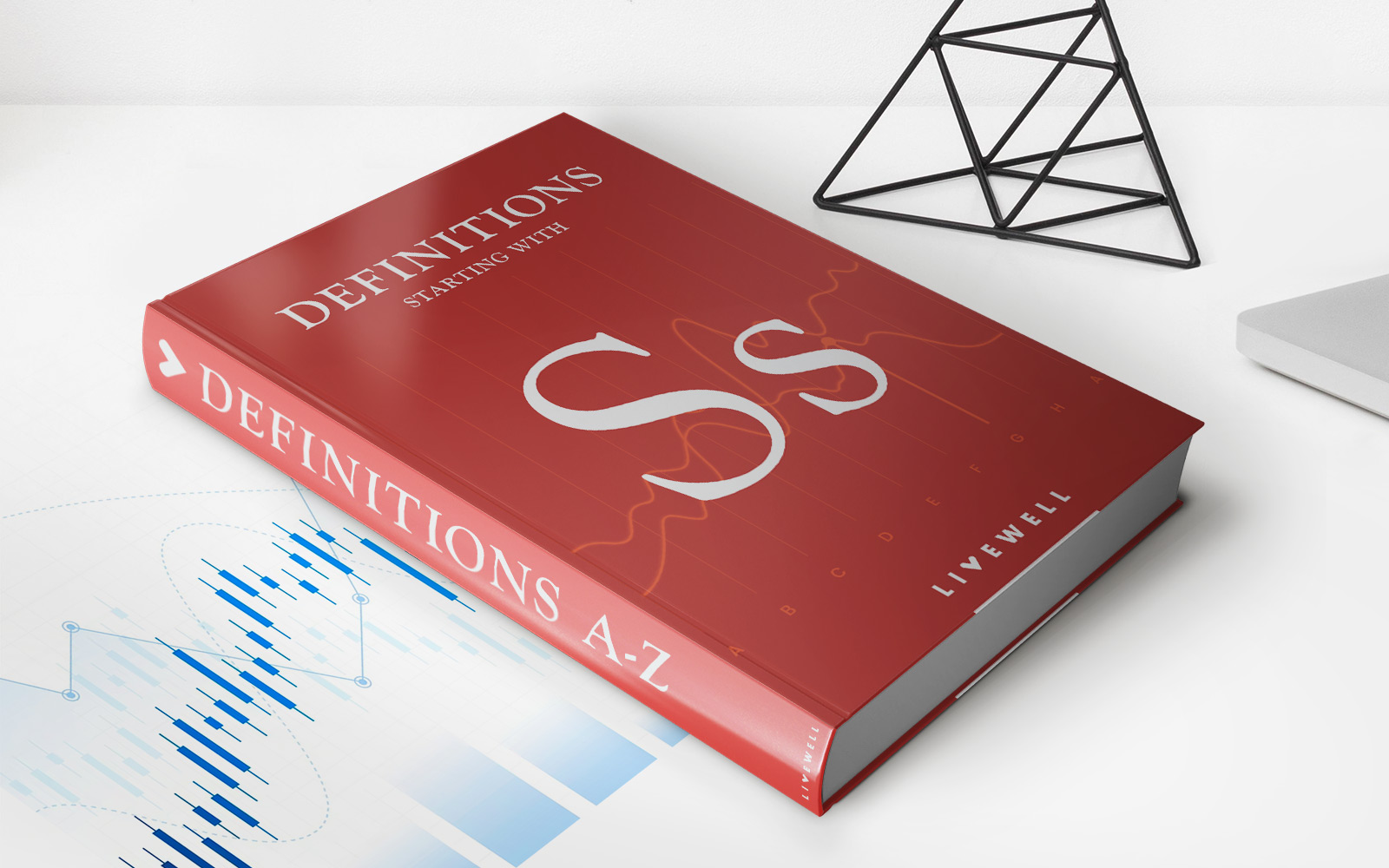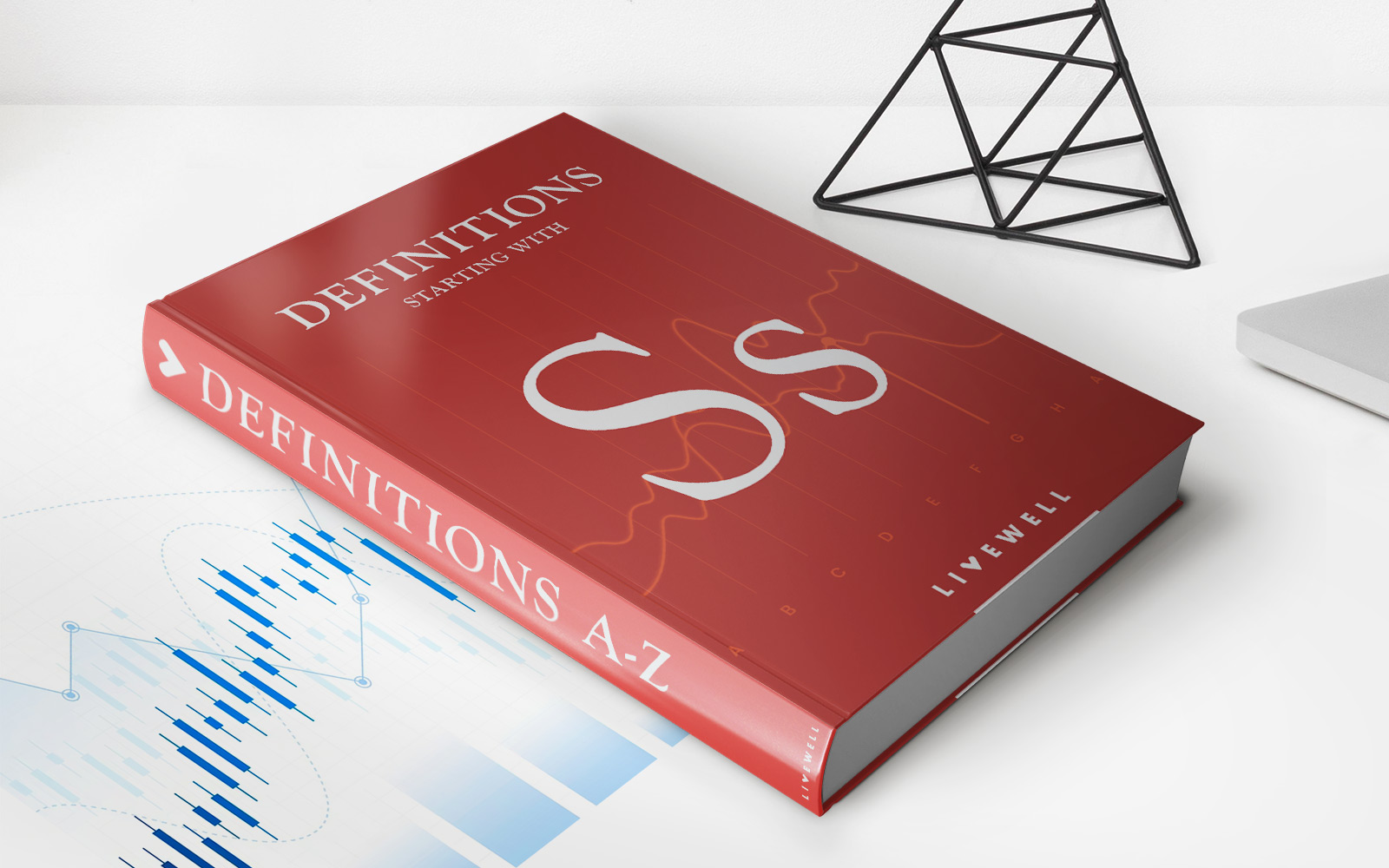Home>Finance>Combined Single Limits: Definition, Example, Benefits, Vs. Split


Finance
Combined Single Limits: Definition, Example, Benefits, Vs. Split
Published: October 29, 2023
Learn the definition of combined single limits and split limits in finance, their benefits and differences through examples. Understand how these concepts impact your financial decisions.
(Many of the links in this article redirect to a specific reviewed product. Your purchase of these products through affiliate links helps to generate commission for LiveWell, at no extra cost. Learn more)
What is Combined Single Limits (CSL)?
When it comes to understanding various aspects of insurance, one topic that often comes up is the concept of combined single limits (CSL). But what does CSL actually mean, and how does it differ from other types of limits? In this article, we will explore the definition of CSL, provide an example to illustrate its application, discuss its benefits, and compare it to another commonly used limit known as split limits.
Key Takeaways:
- Combined Single Limits (CSL) is a type of liability insurance limit that combines the coverage for bodily injury and property damage under a single amount.
- CSL provides flexibility to allocate coverage between bodily injury and property damage claims, allowing policyholders to address varying financial risks associated with different types of accidents.
Definition of Combined Single Limits
Combined Single Limits, as the name suggests, combine the coverage for both bodily injury and property damage into a single limit. With CSL, the policyholder has the flexibility to allocate the coverage between bodily injury and property damage claims as needed. This is in contrast to split limits, where separate limits are set for bodily injury and property damage.
Example Illustrating CSL
Let’s say you have an auto insurance policy with a combined single limit of $500,000. If you are involved in an accident where the other party sustains bodily injuries, the CSL will cover their medical expenses, rehabilitation costs, and other related damages up to the limit of $500,000. Alternatively, if the accident causes property damage to the other party’s vehicle or other property, the CSL will also cover the repair or replacement costs up to $500,000.
Benefits of Combined Single Limits
CSL offers several benefits to policyholders:
- Flexibility: With CSL, policyholders have greater flexibility in managing their liability coverage. They can allocate their coverage as needed, depending on the nature and severity of a claim.
- Cost-Efficiency: By combining bodily injury and property damage coverage into a single limit, CSL can provide more cost-effective insurance solutions compared to separate limits.
- Simplicity: With CSL, policyholders only need to keep track of a single limit, making it easier to understand and manage their liability coverage.
Combined Single Limits vs. Split Limits
While CSL combines bodily injury and property damage coverage into a single limit, split limits allocate separate limits for each type of coverage. Here are some key differences between the two:
- Flexibility: CSL offers more flexibility in managing coverage allocation, whereas split limits have predefined limits for bodily injury and property damage.
- Complexity: CSL is simpler to understand and manage since it involves a single limit, while split limits require tracking separate limits.
- Specificity: Split limits allow policyholders to select different coverage amounts based on their specific needs, whereas CSL provides a broader coverage allocation.
Understanding the differences between combined single limits and split limits can help policyholders make informed decisions when selecting their insurance coverage. Ultimately, the choice between CSL and split limits depends on individual circumstances, risk factors, and preferences.
In conclusion, combined single limits (CSL) are a type of liability insurance limit that combines the coverage for bodily injury and property damage under a single amount. CSL offers flexibility, cost-efficiency, and simplicity to policyholders. Comparing it to split limits, CSL provides more flexibility and simplicity but sacrifices specificity in coverage allocation. By understanding and evaluating these options, individuals can choose the insurance coverage that best fits their needs.














